When To Shoot in Landscape and When To Shoot in Portrait Orientation
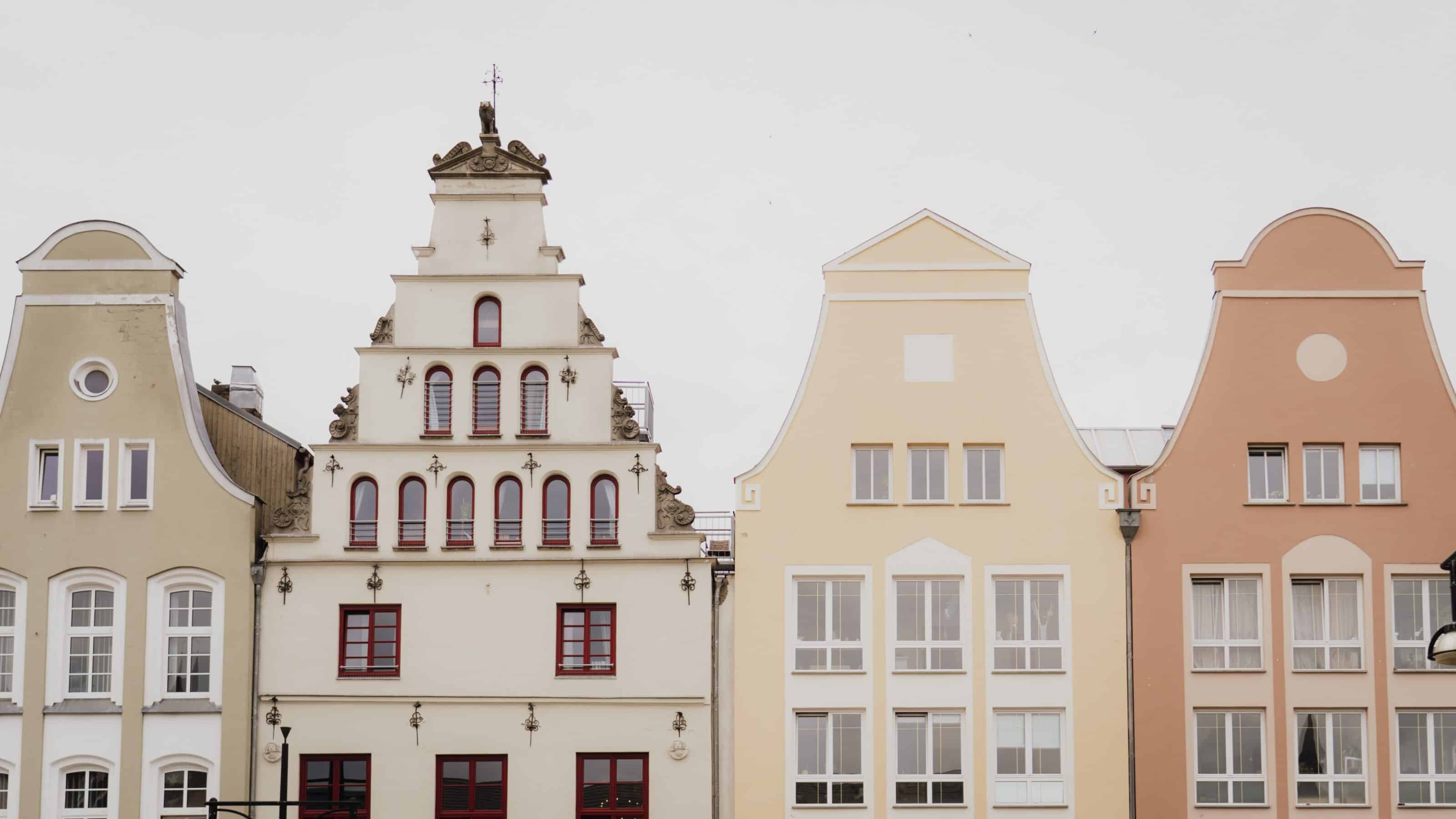
The question of whether to shoot in landscape or portrait orientation has probably crossed your mind countless times. The fact is, landscape orientation wins most of the time. The human eye sees the world horizontally, or in landscape orientation. That’s how cameras and most desktop imaging devices are designed. The predominance of landscape orientation has only recently been broken up by smartphones which, as we know, shift our perspective to vertical or portrait orientation.
Unlike cameras and other devices, the human eye has one important capability, peripheral vision. But we don’t use peripheral vision when taking a photograph. This presents the challenge of fitting everything within eyesight (and often other senses) into the limited format of a photograph. This also makes it all the more important to decide how to frame the photo and what it should include. Also, there comes a time when we should abandon our natural view of things and compose in portrait orientation.
Many of you think of the terms landscape and portrait as purely landscape or portrait photos. However, your creative goal should guide you in deciding which format to choose. I will outline some useful examples that can help you decide. This is not a list of set rules. Always consider the content of your photograph first and foremost.
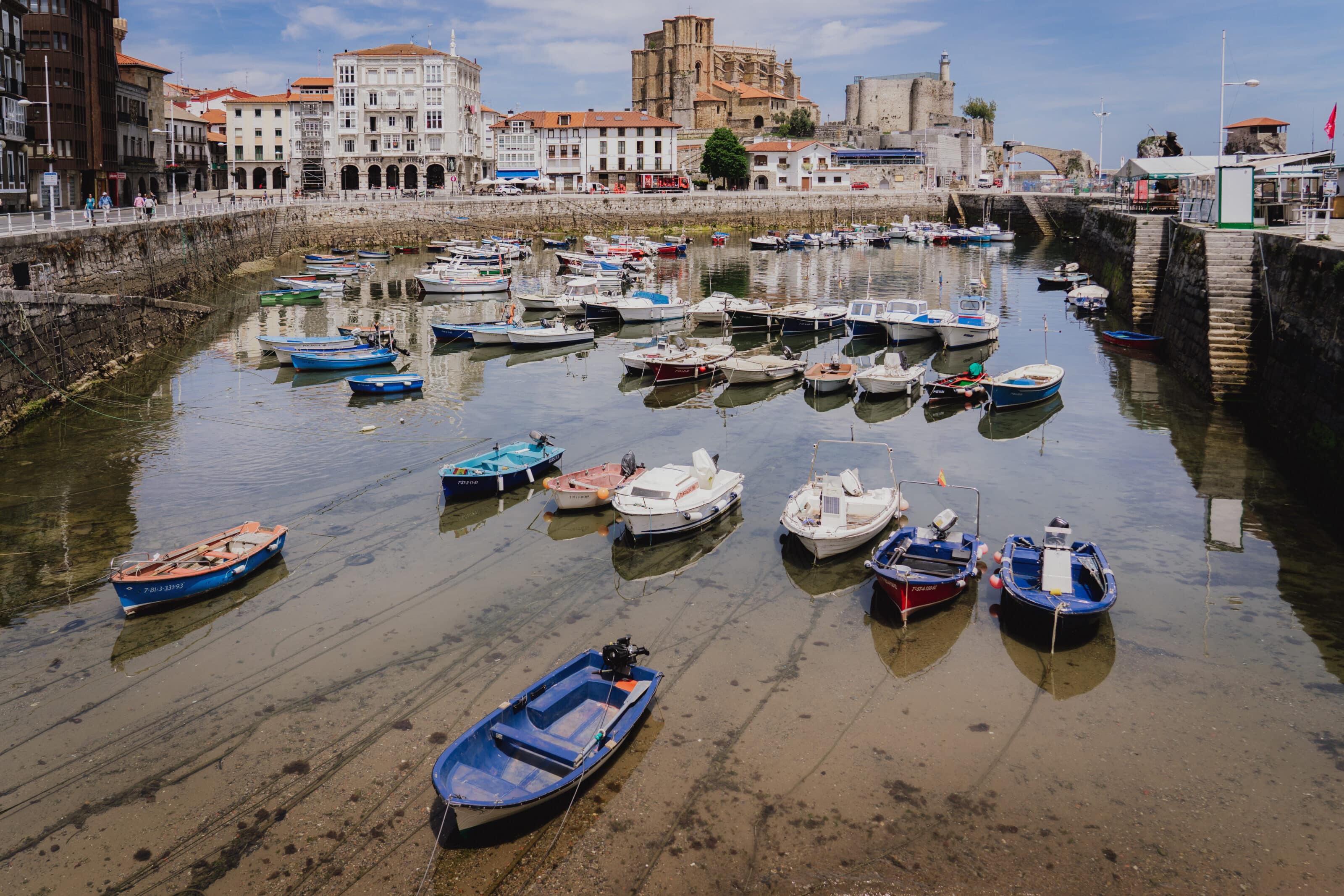
When to shoot in landscape orientation
- The main subject is wider than it is taller, and you want to emphasize it. Typically, this can be a mountain panorama in landscape photography, or a group shot in wedding photography.
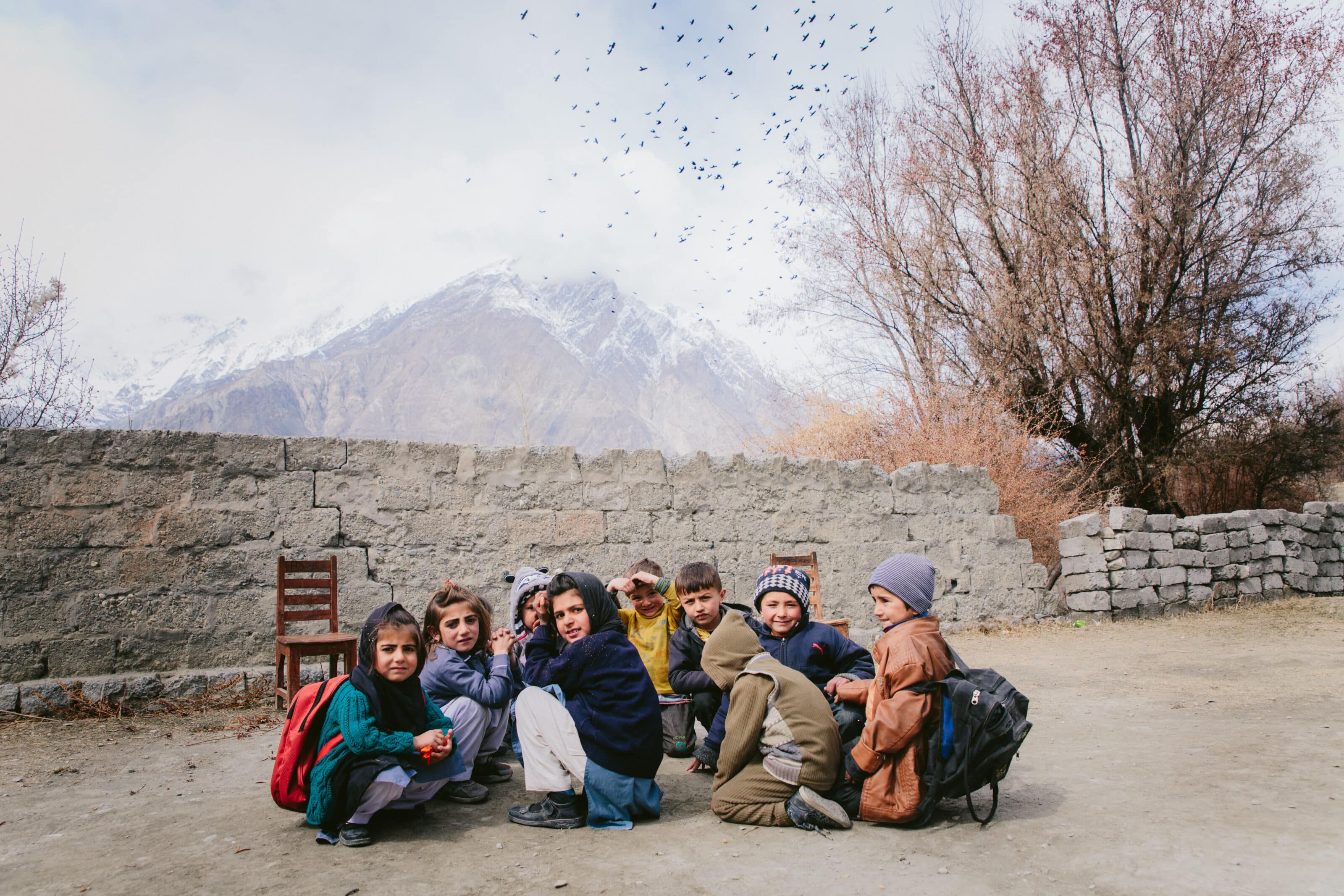
- The subject is moving horizontally. This often happens with wildlife or sports photography. Animals and athletes tend to move horizontally. For the composition to be balanced, it’s a good idea to leave plenty of space in the direction the subject is moving.
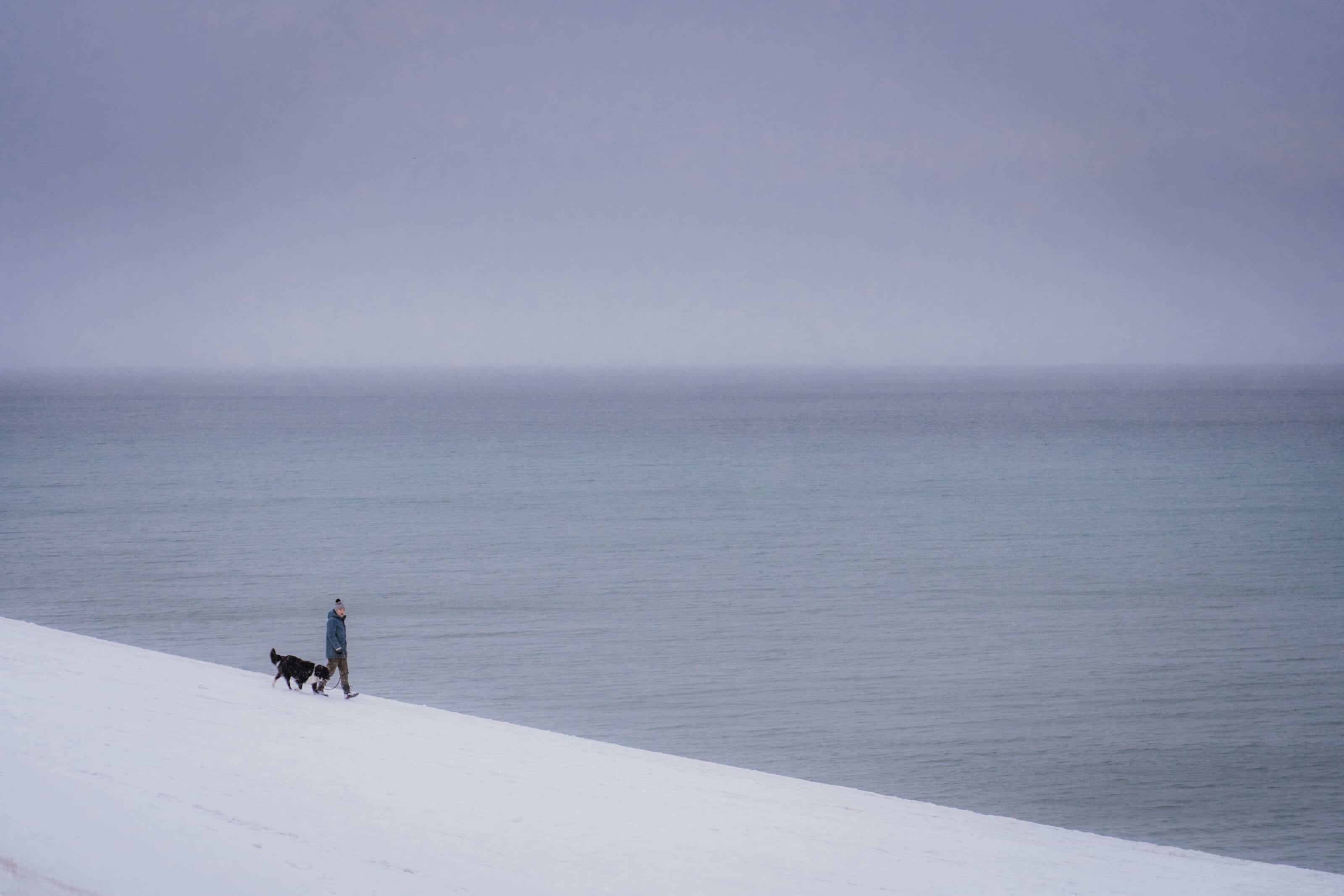
- The subject is looking horizontally
- To emphasize space. Again, this method is often used by landscape photographers. The camera can never capture the sense of space that we perceive with our eyes. However, you can at least try to outline the size of the landscape by incorporating an object, choosing a less traditional angle, or utilizing a minimalist composition.

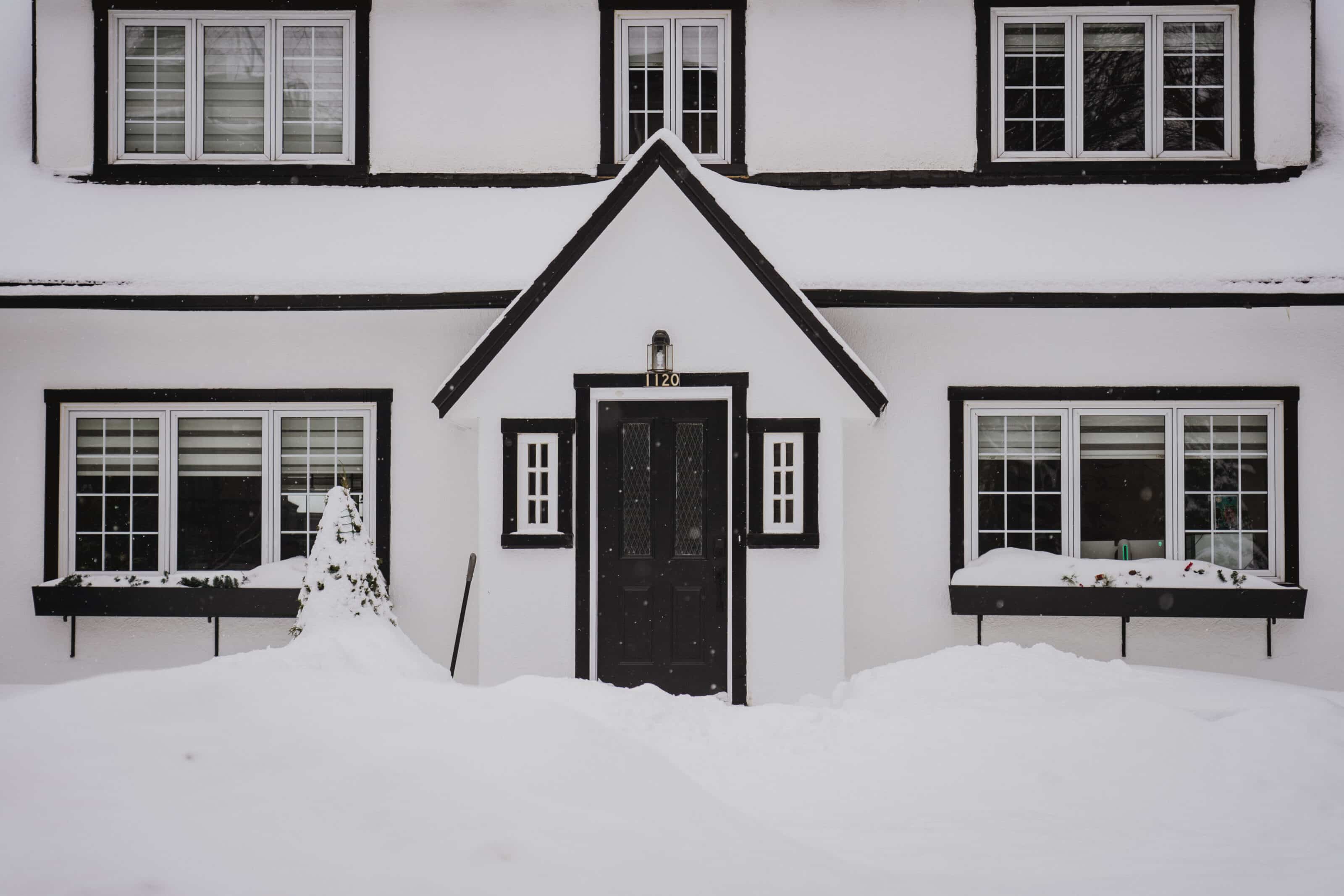
When to shoot in portrait orientation
- The main subject is taller than it is wider, and you want to emphasize it. This method is mainly used for portraits. The human face and figure are vertically orientated, so portraits traditionally use portrait orientation. However, portrait orientation can also be used with vertical objects in landscape photography, such as waterfalls.

- The subject is moving vertically. For example, you may encounter this situation with sports photography, especially ball sports, climbing, and so on.
- The subject is looking up or down. Just like with movement, the composition should leave enough space in the direction the subject is looking.
- To emphasize height. A typical example is a mountain, cliff, or tall tree. Combined with a wide-angle lens, you can make the scene more dynamic and dramatic.
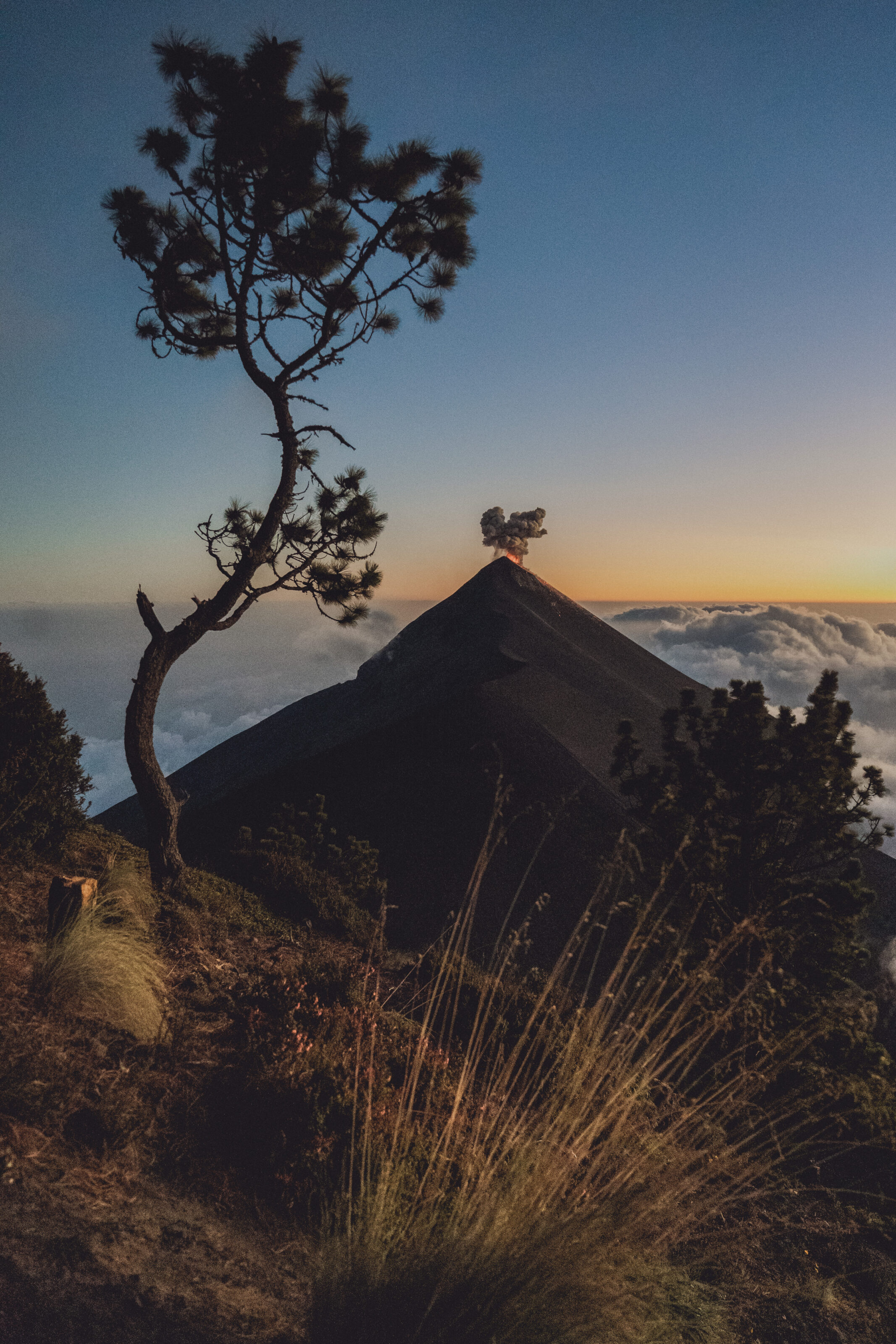
- Photos taken specifically for social media. I already wrote about the vertical orientation of smartphones. If you want to create content for Facebook, Instagram, or sites like Pinterest, portrait orientation photos are likely to be more attention-grabbing.

What about square formats?
There remains a third option—square format. It’s not exactly a traditional format, but it all depends on your creative goal. With a square, you can remove excess areas and interestingly frame the subject. Squares give off a sense of balance and harmony and can be used for minimalist photography.
Factors to consider when deciding which format to choose:
- Is the main subject emphasized enough? Does the subject get lost in the rest of the composition?
- Is the image clear? Does the composition draw the eye to the main subject?
- What does the chosen format contribute to the photo?
- Am I getting the most out of the scene using the chosen format?
Get your cameras ready to give these suggestions a try. Download Zoner Photo Studio X free for 7 days and choose the orientation that’s right for your photo.

There are no comments yet.